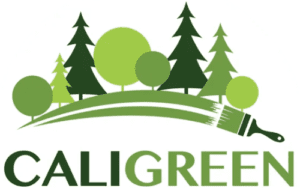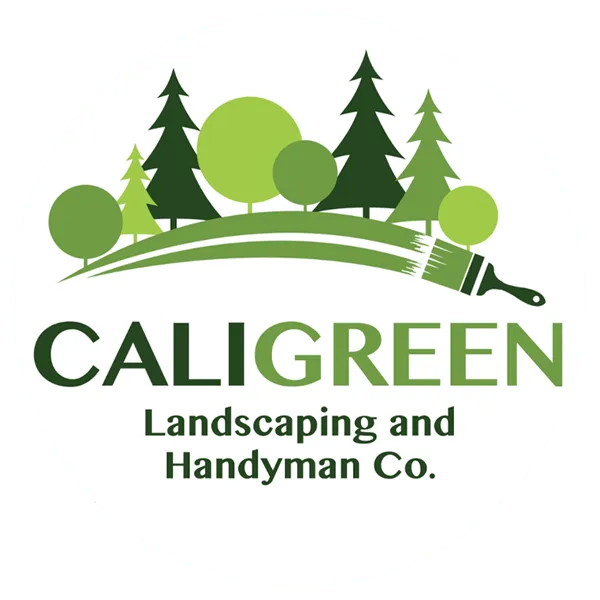Should I install Turf Or Sod?
When it comes to backyard remodeling, one of the most frequent questions homeowners in Sacramento and neighboring areas ask is, “Should I install sod or artificial turf?” It’s a big decision, so let’s break down the pros and cons to help you make an informed choice.
Artificial Turf Pros And Cons
Pros:
- Low Maintenance: With turf, you’ll enjoy significant time and cost savings as there’s no need for maintenance like mowing, watering, or fertilizing.
- Durability: Perfect for high-traffic zones or sports fields, turf is tough and holds up well under consistent use.
- Environmental Benefits: Turf doesn’t require harmful chemicals like pesticides or herbicides, reducing the risk of environmental runoff.
- Drought Resistant: In regions where water is scarce, turf is a great option since it doesn’t need watering.
Cons:
- Upfront Cost: Initial investment in turf can be substantial due to material costs and professional installation fees.
- Heat Retention: Turf can get extremely hot under direct sunlight, making it uncomfortable to walk on during warm weather.
- Artificial Aesthetic: Despite advancements in design, turf may still lack the natural look and feel of real grass.
- Environmental Impact: The production and disposal of artificial turf contribute to a significant carbon footprint.
Sod Pros And Cons
Pros:
- Natural Aesthetic: There’s nothing quite like the authentic look and feel of natural grass, providing a vibrant green landscape.
- Temperature Regulation: Natural grass cools its surroundings, offering a more pleasant walking experience on hot days.
- Environmental Benefits: Sod absorbs carbon dioxide and releases oxygen, enhancing air quality and enriching the soil.
Cons:
- Maintenance: Regular mowing, watering, and fertilizing are required, which can be time-consuming and costly.
- Water Usage: In drought-prone regions, the water needs of natural grass may be unsustainable.
- Installation Challenges: Installing sod can be labor-intensive and may necessitate professional help for the best results.
- Pest and Weed Issues: Natural grass can attract pests, diseases, and weeds, necessitating pesticides and herbicides.
What We Recommend Doing
There’s also something else to consider… In a way, artificial grass is awful for the environment. It doesn’t provide any food for living creatures, it blocks the soil under it to have any life, and it’s plastic that needs to be replaced every 12-20 years depending on where you are located. Yes, there is less maintenance and no water usage, but there if you are a person who enjoys the biodiversity, then sod is the way to go.
If you are looking to make your lawn more drought tolerant, but still want sod, there is still an option for you. You can install grass that requires low maintenance and water along with sprinklers that are extremely water efficient. This way you get much of the benefits of artificial turf and the look/feel of real grass.
So the decision between turf and sod hinges on your specific needs, budget, and environmental priorities. Turf is low-maintenance and durable, perfect for high-traffic areas or places with water shortages. Sod offers a natural look/feel and environmental benefits but requires way more maintenance.


